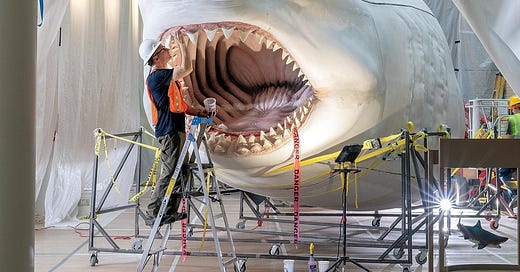Today’s question: Is there a consensus among the people and organizations tied to your problem that one of them is more powerful than the rest? How does this affect their thinking and decisions?
When I start working with a group trying to think more critically about their social change strategy, my first step is often asking them to make a list of the people and organizations involved in the problem. I am always fascinated by the way they react.
There is frequently disagreement about how to group the people involved or whether some groups are actually involved at all. Bringing all of this to the surface can help your team start developing new insights into the problem.
I also love watching exactly how people write out their list (or just as often, draw the various people and organizations in a “map.”) Sometimes people will write in all caps or put a certain group in the center, like “THE FEDERAL GOVERNMENT” or “BIG TECH.”
If you are doing the same thing when you explore the entities involved in your problem, you probably aren’t alone. Stop for a moment and ponder how other groups involved in the problem — whether they are similar to yours or totally different — respond to the dominance of that powerful entity. Are they waiting on the “big fish” to do something before they act? Do they have tactics for relating to that group that you’ve never tried? How does this challenge your thinking about that group?
This question is an example of how to challenge assumptions about a social problem using the actors dynamic. It’s one of six innovation dynamics I use to help people improve their critical thinking and build strategies for social change. Reply to this e-mail with your answer to the question and we can get to work. Or learn more by visiting http://www.teachingsocialchange.com



